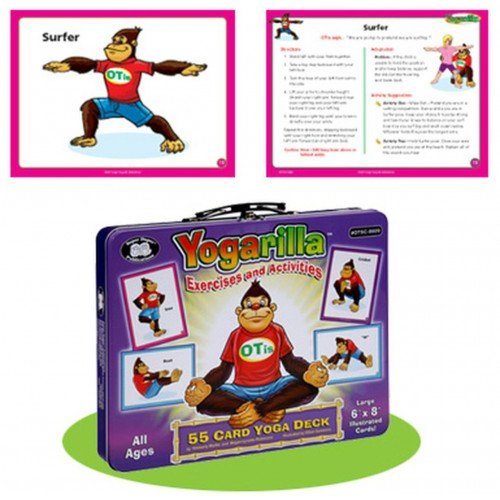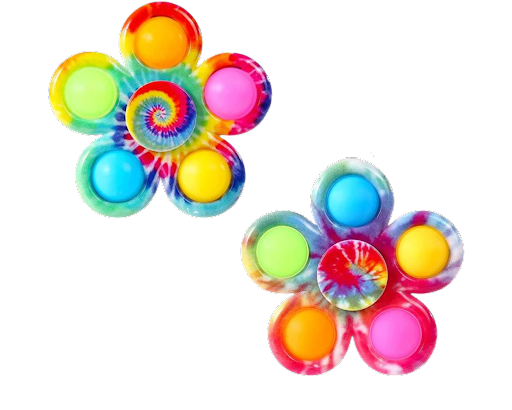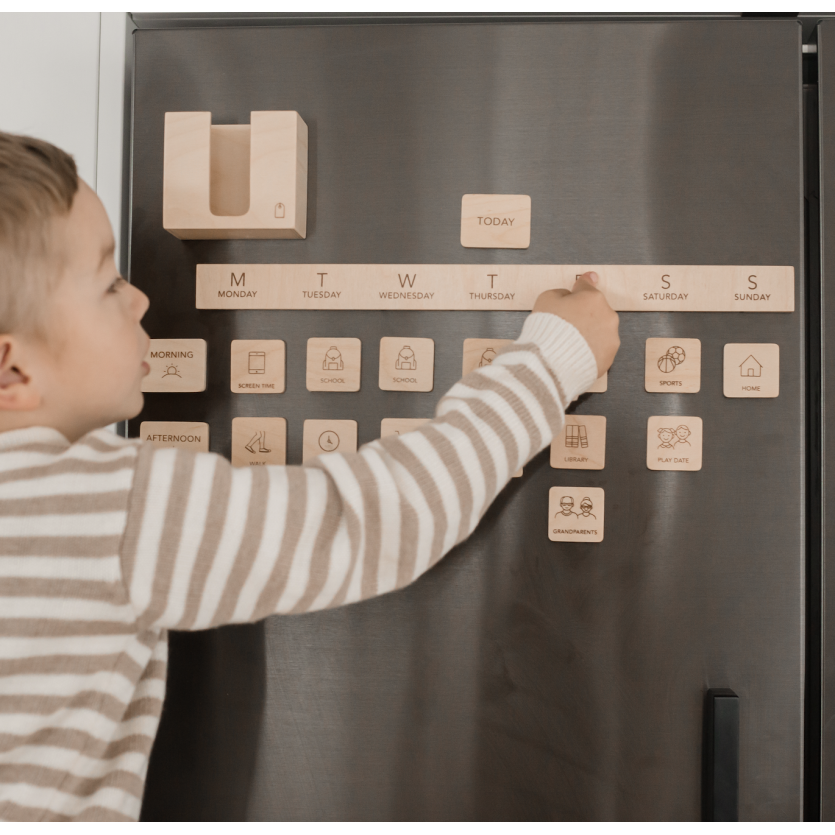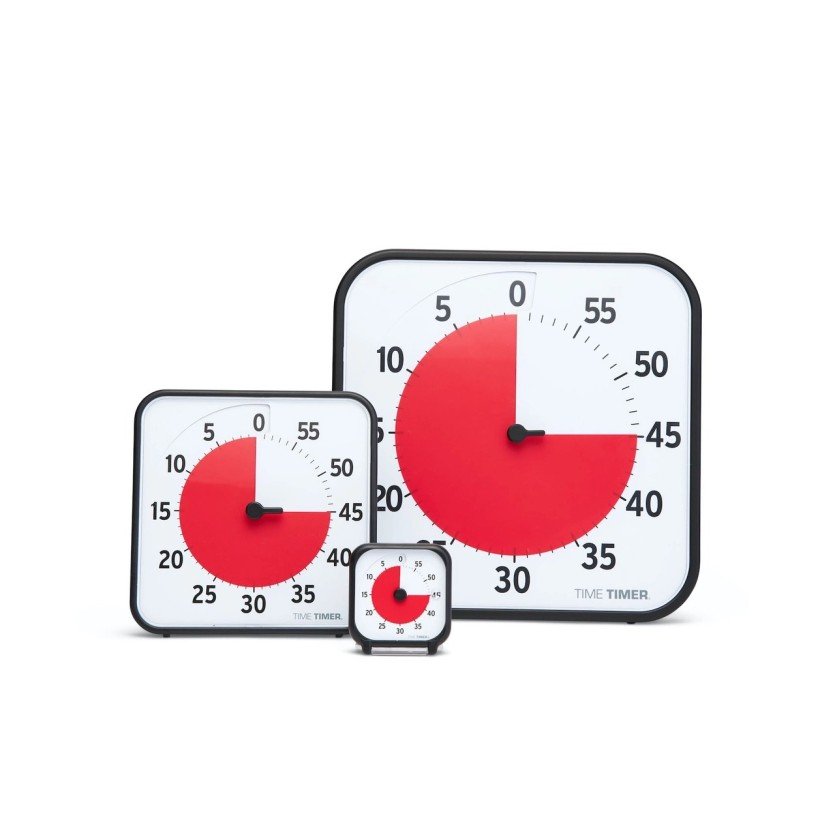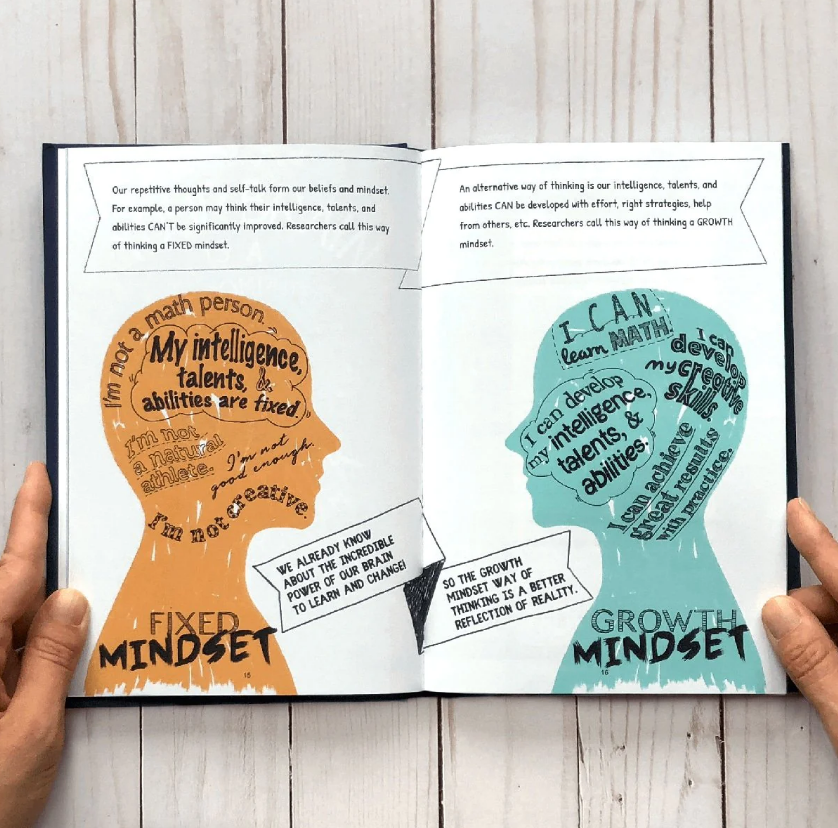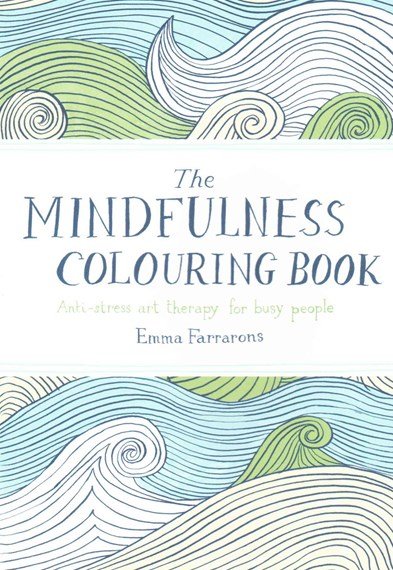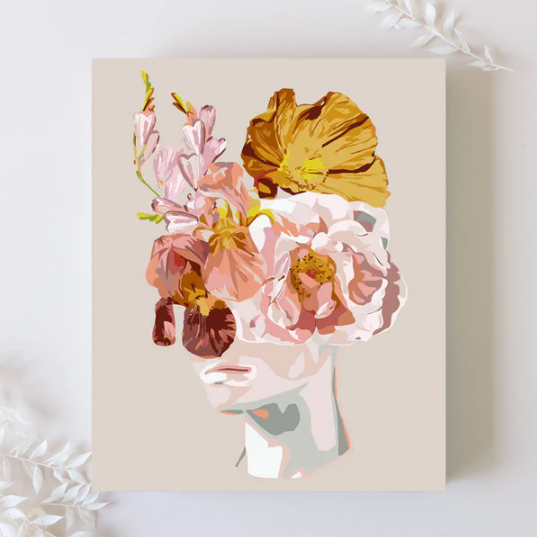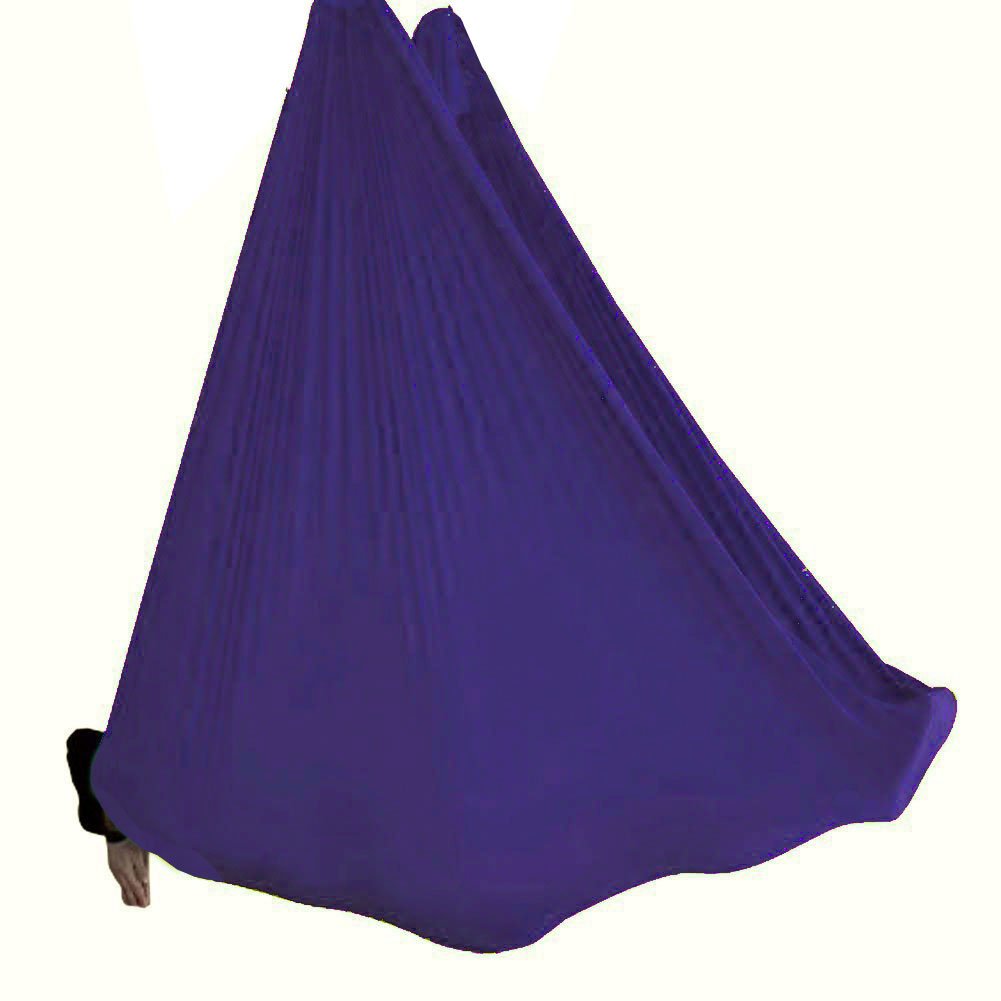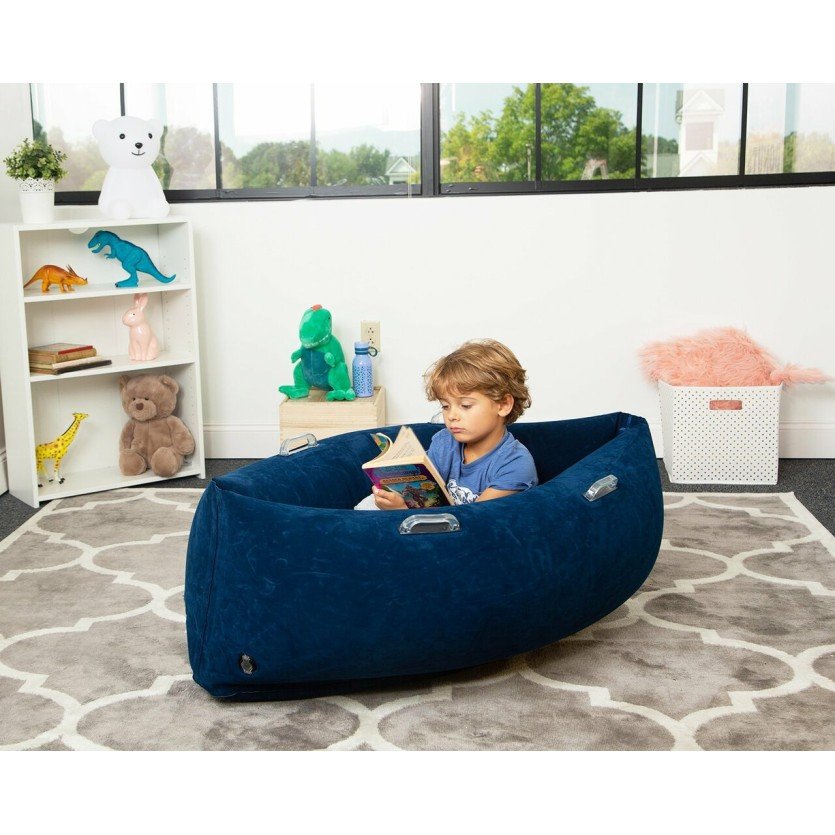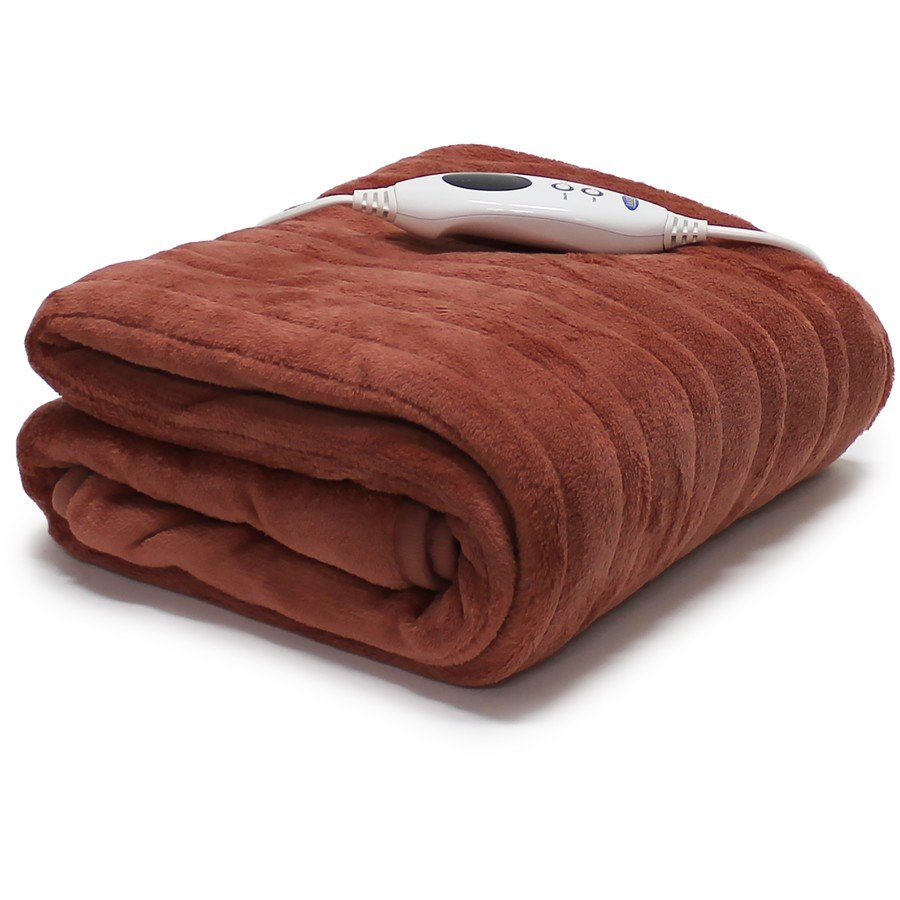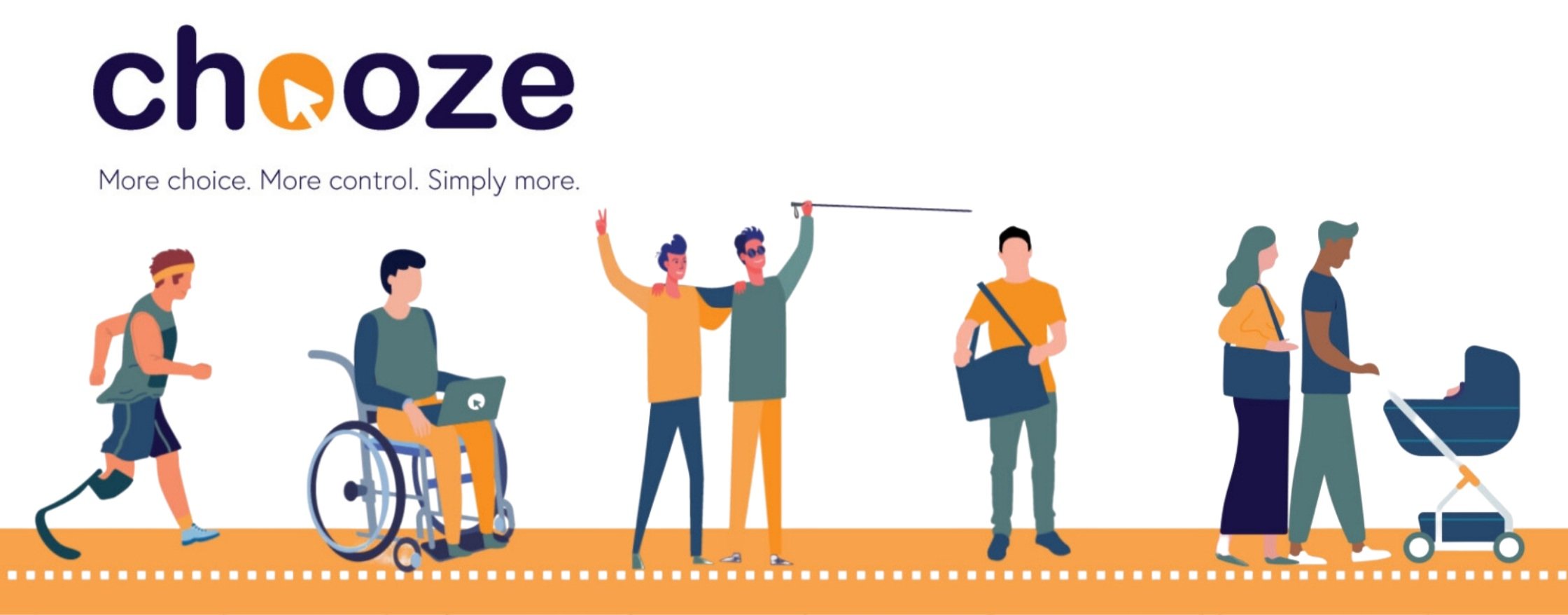Assistive Technology to help with emotional or sensory overload
A woman in a light pink top and black leggings sits in a garden. She is hugging her knees, her eyes are closed and she has headphones on her head, her hair is closely shaved and dark.
Assistive technology (AT) covers a wide range of products that help people live more independently and complete everyday tasks, from electronic devices through to modified and adaptive eating utensils or shower chairs. However, most people don’t realise that there is a large category of AT products that can be powerful tools for managing emotional and sensory overload.
Our good friends at Chooze - an online store all about making assistive technology easy and accessible - have put together a list of products and tools that can assist with managing stress, anxiety, and emotional regulation.
It’s important to know that not all of the items listed here will be covered by the NDIS, and as always, it comes down to your own individual needs and NDIS plan as to whether something will be right for you. But, we hope this will have you looking at AT a little differently, and open up some ideas to find more balance in your day.
Noise Cancelling Headphones & Earplugs
Reduce or block out loud or distracting noises, creating a quieter and more controlled sensory environment.
Adaptive Wear & Compression Clothing
Sensory-friendly clothing made from soft, comfortable materials with minimal seams and tags, can help individuals with sensory sensitivities feel more at ease. Compression clothing gives a steady, gentle pressure that can help people with sensory processing needs feel more stable and more aware of their body. For many people, it can feel like having a shield against overwhelming stimulation.
Weighted Stuffed Animals
Stuffed animals for many people can become a comforting and supportive friend in place of a beloved pet or a favorite animal. They have been used to support people struggling with PTSD, anxiety, loneliness, and even Dementia and Alzheimer's.
White Noise Machines
White noise machines produce a consistent and gentle sound that can mask disruptive noises. They can be especially beneficial if some environmental sounds are stress triggers.
Adaptive Musical Instruments
Playing or listening to music is an effective way to express emotions that could be difficult to put into words. Making music can be an absorbing activity that can be like mindfulness meditation, breaking anxiety-loops.
Physical and Mindful Movement such as yoga
Specialty mats, cushions and other movement toys and tools that offer sensory feedback can make us move and breathe in a way that shifts our feelings and helps us to lower stress, release stagnant energy, and strengthen our mind-body connection.
Sensory Tools
There are many options available for different needs and preferences from textures to motion, engagement level, sounds and colours. Sensory tools such as fidget spinners or fidget toys can help some people with anxiety, focus and concentration, to emotional regulation and mindfulness.
Routine and organisational tools
Tools like timers and visual schedules help both kids and adults structure their day and reduce anxiety by offering a clear plan and visual cues for tasks and time management, leading to less overwhelm.
Journaling
Journals, such as gratitude journals and anxiety workbooks, provide a private space for individuals to express their thoughts, feelings, and experiences. They can help promote self-reflection and emotional well-being.
Mindful arts and crafts
Activities like colouring-in or paint by numbers encourage mindfulness and relaxation. Engaging in these creative tasks can help allow people to focus their attention on the present moment and unwind and are fantastic for all ages.
Sensory swings and seats
Sensory swings, seats, or beanbags offer a comfortable and calming experience by providing gentle pressure and support, which can help manage sensory sensitivities and find relaxation.
Heated and weighted blankets
Heated and weighted blankets are designed to provide comfort and security. The added weight and warmth can promote relaxation and better sleep, especially for those dealing with anxiety or sensory challenges. Note that these are not generally funded by NDIS.
Choosing the Right AT
Remember, amidst the vast array of options, the best assistive technology is the one that aligns with your unique needs and goals. The NDIS funds reasonable and necessary AT based on your individual needs.
When you use your NDIS funds to buy AT, it must be:
Related to your disability
Connected to your disability support needs, and
Provide good value for money (compared to other AT or supports that can do the same thing).
The Chooze logo and the words “More choice. More control. Simply more.” Below is a cartoon orange road, with various people on it using different types of assistive technology.
It’s a good idea to seek advice and information about any assistive tech you are considering, to ensure it meets your needs and is safe. Talk to AT experts such as your occupational therapist or anyone on your treating health team.
For more information about navigating the NDIS with Assistive Technology, read our blog here.
The Chooze Shop believe that everyone, regardless of their disability, should have easier access to the tools and resources they need to live their lives to the fullest.













